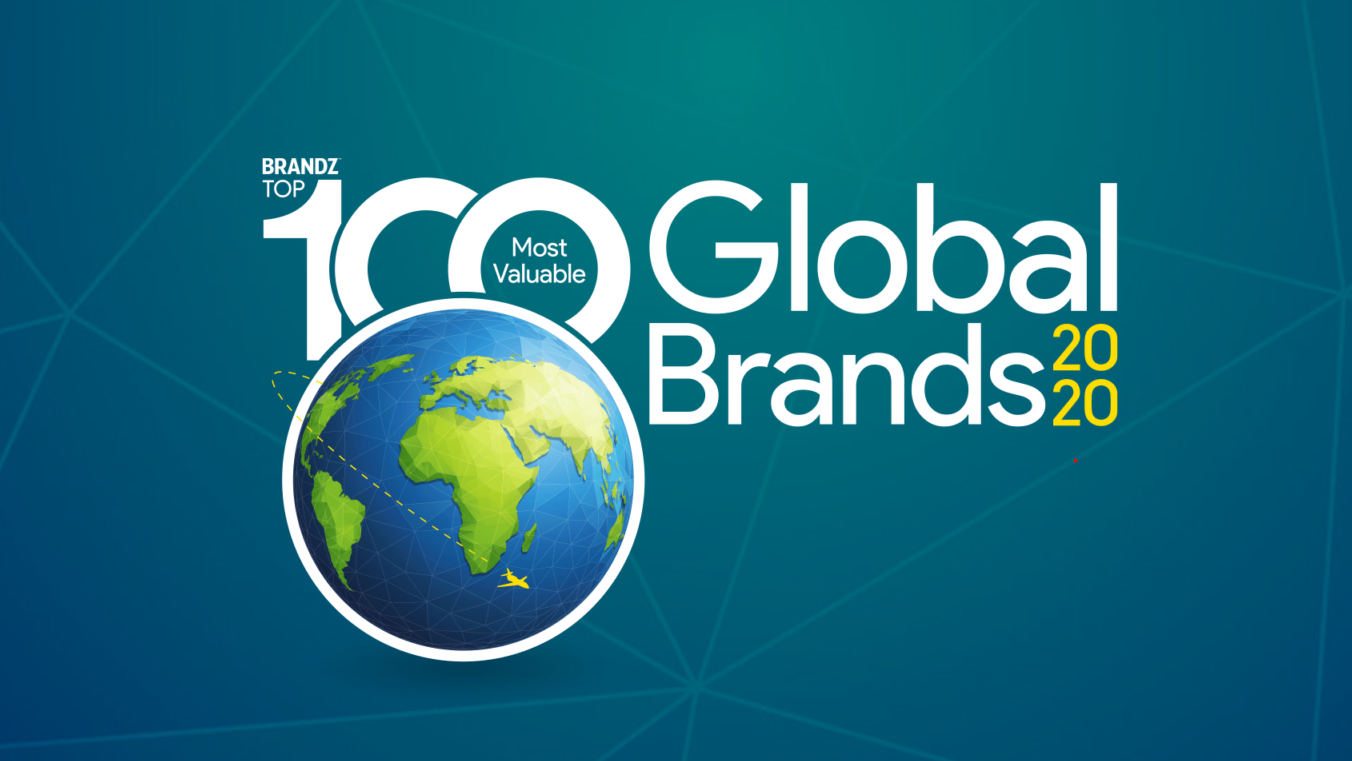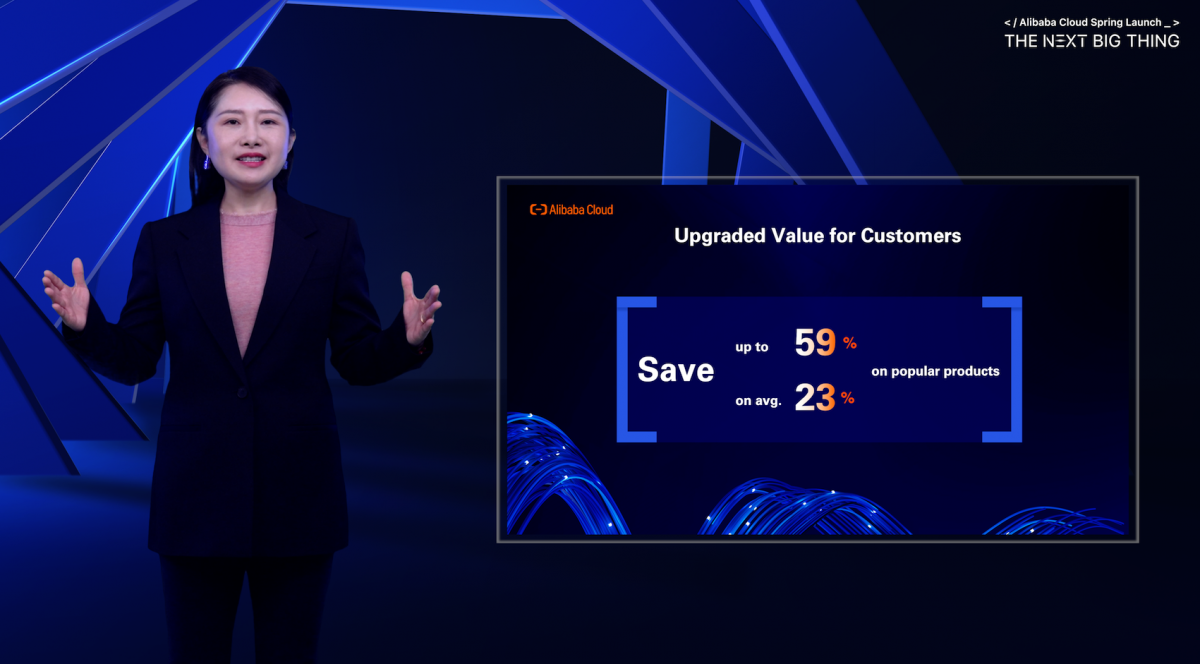
This week, global communications group WPP and consulting firm Kantar released their annual BrandZ Top 100 Most Valuable Global Brands rankings, with Alibaba Group ranked sixth overall.
The rankings, which included brands like Apple, Microsoft and Google, noted innovation as a key driver for growth and showed that those who had invested in long-term digital transformation were more resilient during the Covid-19 pandemic.
Alizila sat down with David Roth, chairman of BrandZ and CEO of The Store WPP EMEA andAsia, to get his insights on the world’s most valuable brands.
Brands in technology and online retail were two bright spots in the report, outperforming other categories. What factors contributed to this trend?
A number of factors played their parts in the growth of brand value across those two categories: the changing pattern of consumer behaviors and consumers who are more comfortable with technology. Mix in technology that is easier to use and more integrated into all aspects of life, the continued rise of mobile for information and content, and you can see where the stimulus for growth is.
What we are also seeing is the world of technology and the world of retail intertwined. This combination is creating significant innovation and value and this is only set to accelerate. Most recently we have seen a rapid acceleration as a consequence ofCovid-19 in “digital everything” with consumers becoming more comfortable using e-commerce as their main shopping channel across categories.
This year, Alibaba ranked sixth in the BrandZ Top 100 Most Valuable Global Brands list. Can you share more insights into the brand’s performance this year?
There is a consistent positive increase in our BrandZ metrics in the way that consumers view the Alibaba brand. This is happening on key value-creating dimensions and across many innovation-related measures. There has also been growth outside of China in the awareness of Alibaba. This translates into the brand increasingly being see as differentiated in a meaningful way to consumers. It is the combination of these factors that is driving Alibaba to increase its brand value and to take its place among the select list of the Top 10 Most valuable brands in the world.
The ranking also included many Alibaba brand partners, such as Starbucks, Costco, Apple and Nike. How have partnerships benefited brands?
First, we had product brands, then we had corporate brands, then came platform brands. Now I see the rise of what’s best called ecosystem brands, such as Alibaba. Alibaba understands that creating an open ecosystem with others whose consumer propositions and skill sets deliver an enhanced overall experience to consumers has immense power – the power to create mutually beneficial collaborations. In such ecosystems, 1+1 really does equal 3.
In our report, we talked about how Alibaba’s partnership with Starbucks helped the latter grow its business in China. Alibaba helped the coffee giant meet the high convenience expectations of Chinese consumers by enabling delivery with its local services arm Ele.me and adding self-serve kiosk in its Freshippo grocery stores.
In this way, Alibaba is a strategically important ecosystem partner for many brands and a driver to help them grow, develop their businesses and increase their value.
In the report, you highlighted brands that invested heavily in digitization and also said offline-to-online drove growth for brands in the retail category. What kind of notable innovations have you seen in these areas?
The integration of online and offline is still in its infancy in most markets across the world. In this respect, China is way ahead of the world.
Alibaba’s New Retail strategy has long advocated such an integration. Digitizing the entire end-to-end supply chain and the full interrelationship between online and offline might not be a visible innovation but it is the most profound as it enables the true catalytic power of the combination of online and offline to transform retail.
The report noted some brands have simplified people’s lives by integrating the social and commerce experiences. What are some examples?
The star performer over the past few months has to be livestreaming. While in the midst of Covid-19, it was impressively used for direct sales by individuals. Alibaba’s Taobao Live has been providing livestreaming tools for merchants on its platform, from farmers and small businesses, to multinational brands, long before Covid-19. This proved to be the lifeline for many businesses during the crisis.
I see this as an online-offline crossover tool. This will explode right across the world if the right integration is put in place.
The report compared Western shopping holidays, such as Black Friday. to Alibaba’s 11.11 Global Shopping Festival, which has become a social event. How should brands think about 11.11 and how can they use such campaigns to create excitement for consumers?
Black Friday is a day to offer discounts, select the right doorbuster and shout as loud as you can. 11.11 is a state of mind. To get in the right zone and that state of mind you must recognize that 11.11 is not tactical, it’s strategic; it’s not just a day, it has a pre-stage build-up, which is just as important. Don’t view it as a time to fire stock you have not been able to sell at other times of the year. To the contrary, it’s a time to bring out your latest innovations and products. Plan, plan and plan. It’s too big an opportunity to leave to the last moment. Commit early and be bold. Mine the sales data in real time and be fast and agile to course-correct as you go. Tell your brand story. Be creative in how you tell it and bring it to life. Creativity rules.
Which pandemic-prompted consumption trends are here to stay, and how should global brands leverage them?
Covid-19 has changed many things inunimaginable ways at lightning pace.It is too early to say which consumption patterns will alter permanently as these will, I believe, depend on the science of pandemics and when a vaccine will be discovered.
Perhaps the best way of summing this up is that consumers have gone from an essentially “just in time” consumption mentality to one that is more “just in case.” Functionality requirements will also change. There will be more e-commerce across more categories, less touch, the growth of voice activation and ubiquitous fast-home delivery. I see a new prioritization and a new focus for brands to really deliver exceptional value right across their propositions.
Smart brands – those that understand this new prioritization, the role their brand can play within it and partner with the right ecosystems – will succeed.
Sign up for our newsletter to receive the latest Alibaba updates in your inbox every week.




